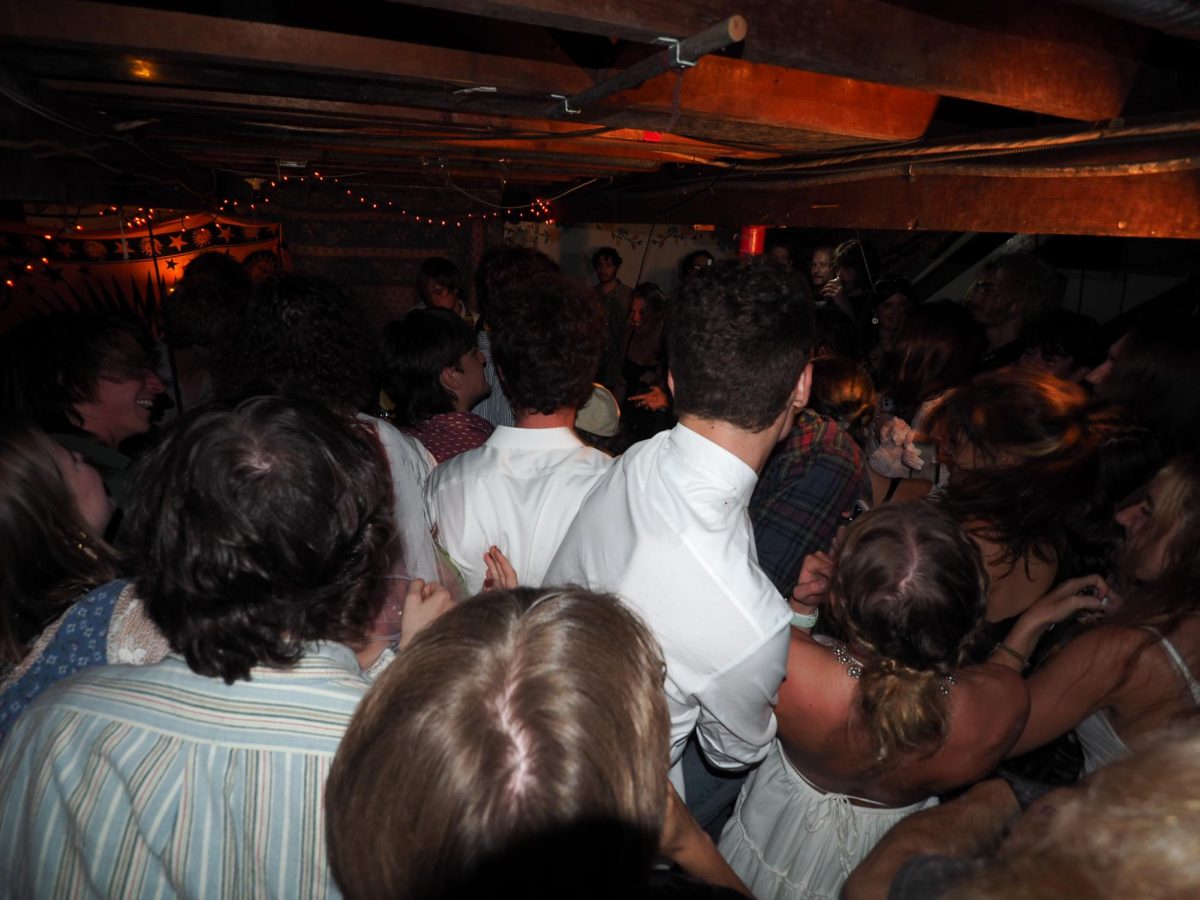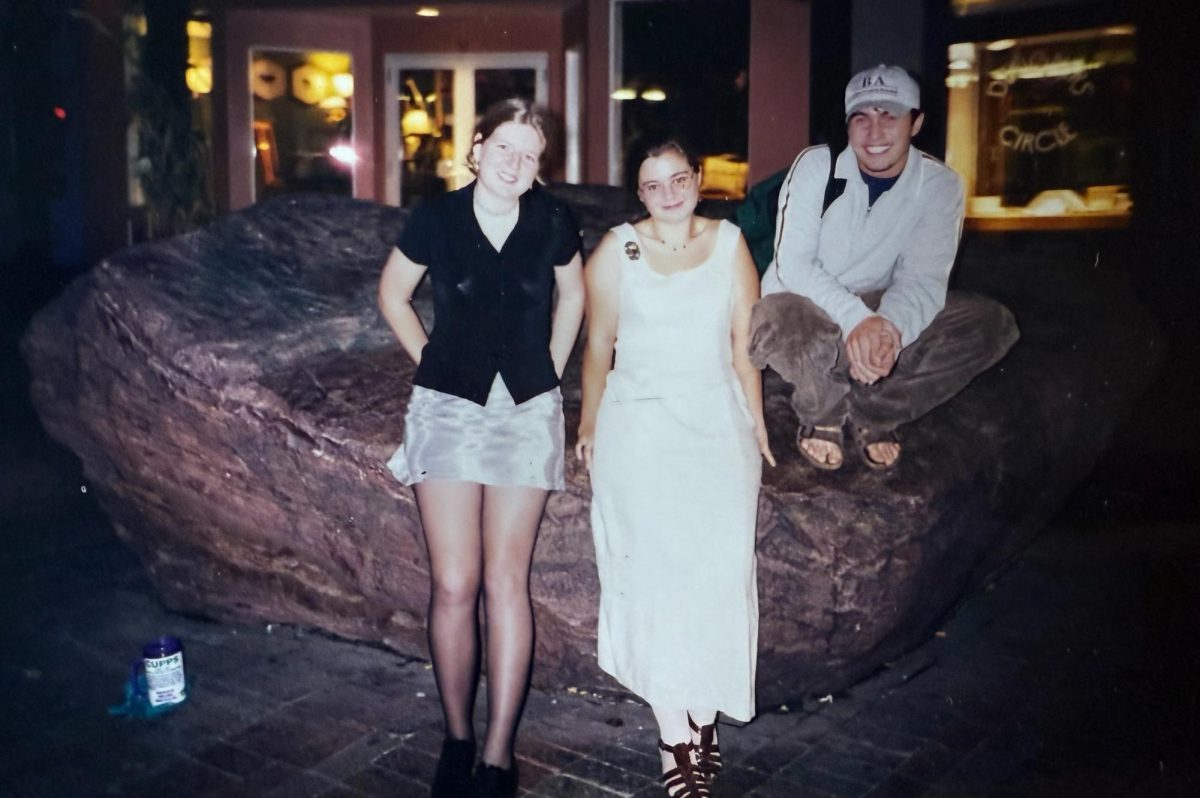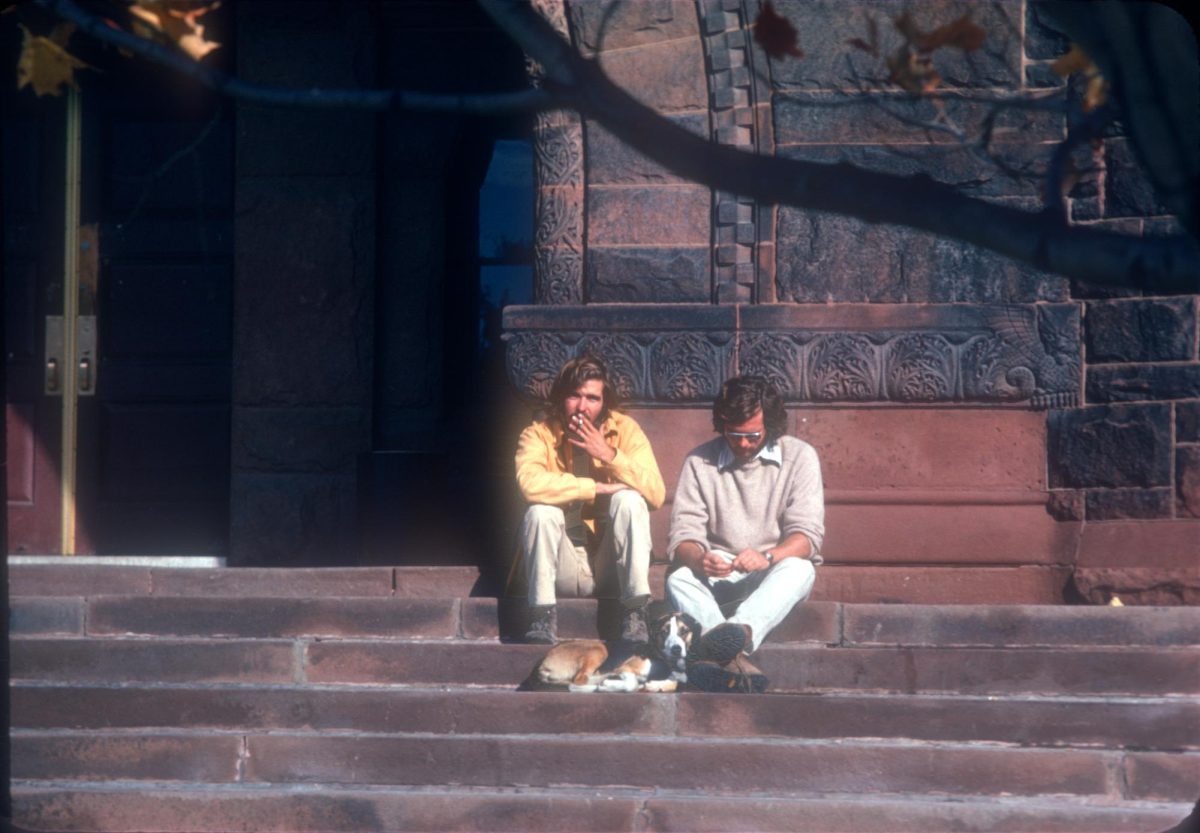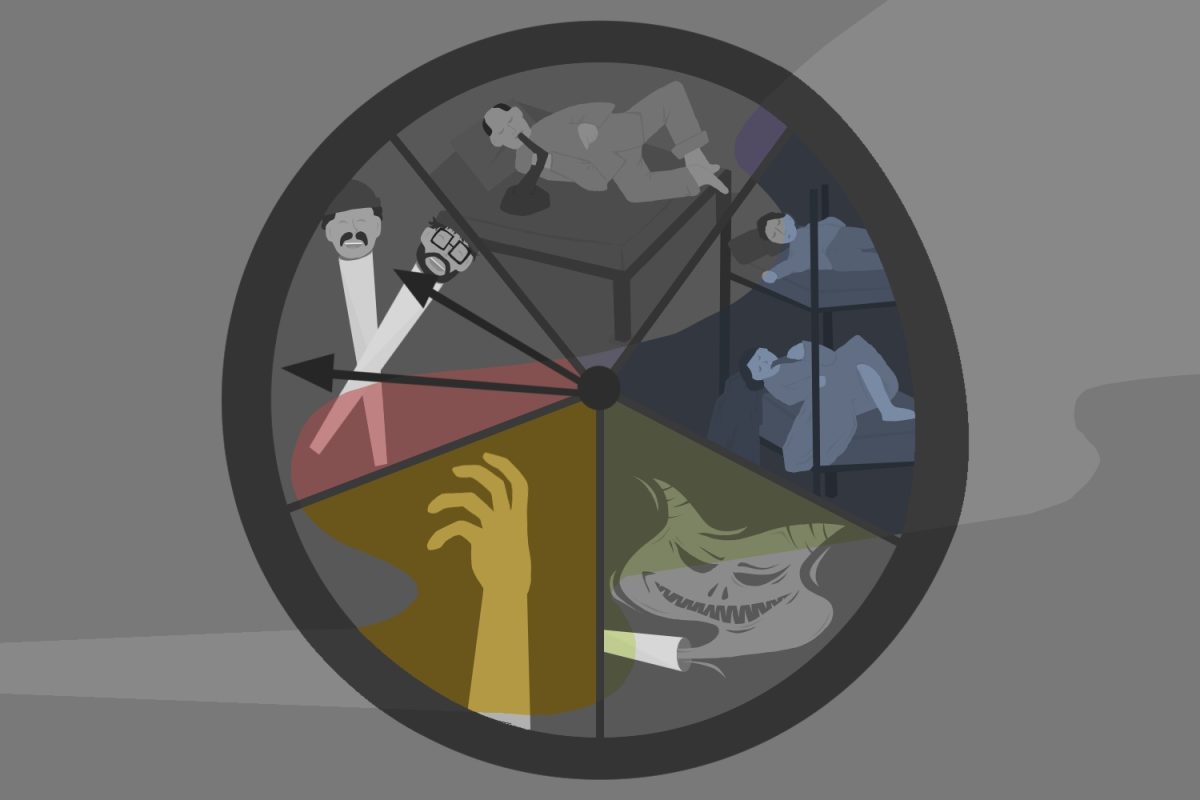At the end of every week, students scramble to find exciting plans and events to keep their weekends busy. For some students, however, the weekend is already dedicated to one thing: moshing.
Moshing, a ritualized form of dancing that combines aggression and emotion in the form of pushing and punching, has been a fundamental part of heavy metal and “hardcore” culture since the early 1970s, according to a 2012 thesis by Gabrielle Riches at the University of Alberta.
UVM is no stranger to the mosh pit, with nearby venues like the Dog House hosting frequent shows. In a writhing mass of punches and shoves, first-year Connor Dougherty feels a freeing sense of unity and belonging.
“The best part about moshing is that everyone there is enjoying the same music as you are,” Dougherty said. “No one’s really there to hurt each other.”
However, there is a strong association between masculinity and the aggression found in the pit, according to Riches’ thesis. Riches states that moshing culture tends to alienate trans and female participants due to their perceived fragility.
“Mosh pits are so gendered and have been predominantly male for the genres I’m into,” sophomore Cecilia Gomez said. “I remember seeing Injury Reserve and Armand Hammer with my male cousin and his male friend and counting 11 other girls at the show in total. It’s weird to be in a pit and see people look at you, knowing they’re going easier on you.”
This gender-based divide can cause anxiety and insecurity for non-male moshers, making it harder to enjoy the experience completely, Gomez said.
“It’s easy to get self-conscious about what the guys are going to think,” Gomez said. “Especially for smaller shows, when you can see everyone around you, it’s hard for the thought to not at least cross my mind that I won’t be moshing right, or I’ll look stupid going in.”
The mosh pit can be safe and enjoyable regardless of gender, said first-year July Zier, a trans woman. In a crowd of fired-up music lovers, Zier experiences moshing as a refreshingly inclusive and genderless expression of community.
“I’ve literally never felt unsafe [while moshing],” Zier said. “It’s funny because moshing seems like an inherently violent thing, but in reality, it’s so pleasant. It’s kind of like a roller coaster.”
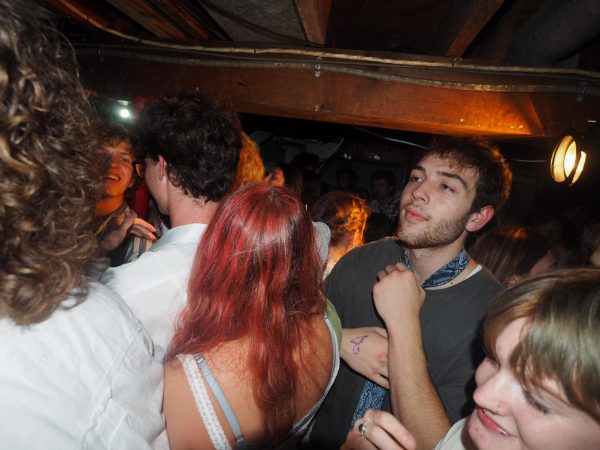
However, gender is more likely to come into play in “fight” moshes more than “push” moshes. Due to the increased levels of aggression in fight moshes, women are less likely to participate, Zier said.
“When it comes to push moshes, I think there’s literally no gender difference at all,” Zier said. “It’s just people jumping and pushing each other. When it comes to fight moshes, it’s a lot more male-identifying people punching and stuff like that.”
While moshing may seem like a senselessly violent activity, there are a lot of unspoken rules created to reduce serious injury, Zier said. These rules are often referred to as “mosh etiquette.”
“If someone falls, you get them off the ground within a second,” Zier said. “I don’t think I’ve ever been on the ground longer than a second.”
It is important to note that some people can still feel unsafe or uncomfortable in the mosh pit. The chaos of the pit can unintentionally include people, especially women, who aren’t interested in participating, Dougherty said.
“There’s a lot of people outside of the pit that keep getting shoved into, and they didn’t want to be involved,” Dougherty said. “I think 90% of them were girls that were trying to leave.”
For non-male people just entering the scene, the prospect of groping and harassment can be discouraging.
“I am always aware of when a crowd is going to be too tough for me. I get tired easily and am insanely clumsy,” Gomez said. “My hair is pretty long. I’m barely strong enough to push people.”
Choosing your venues carefully and knowing your limits can help reduce these risks, Gomez said.
“I totally think gender impacts my experience in the mosh pit,” Gomez said. “Most of the scenes I go to for shows really emphasize respecting women and making them feel safe”


